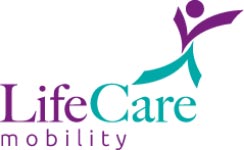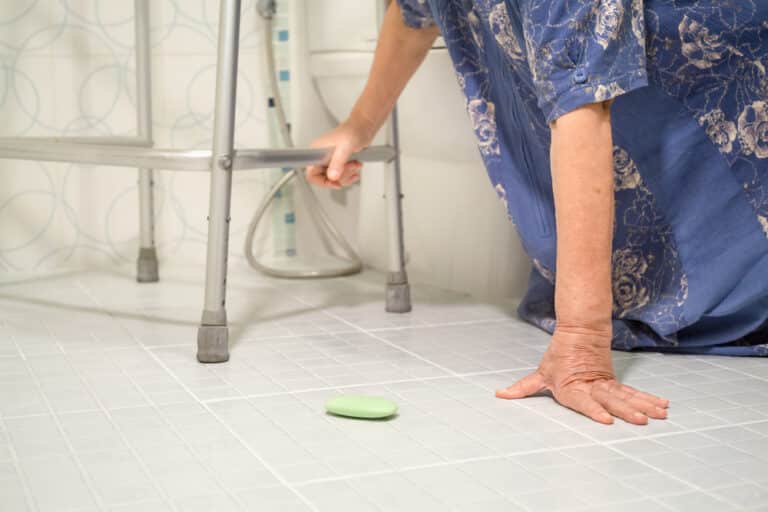Every one of us uses the bathroom every day. Having to go is as natural and common as breathing. Unfortunately, what is also quite common, as it relates to bathroom use, is injury. This isn’t to say that the bathroom is a profoundly dangerous place. Most of us go in and out of it, each day, without incident. With that said, it’s important to note that many injuries do take place in the bathroom. It’s wise to be mindful of the ways to avoid them.
Cuts and abrasions.
The bathroom is the place for grooming. As a result, it is commonly the home of shavers, razor blades and scissors. Naturally, these sharp objects pose a risk of cuts and abrasions. Mishandling these tools or leaving them in precarious positions can lead to accidental injuries. The bathroom is also home to toiletries that often come in glass bottles. Broken glass can also cause cuts, of course. Storing all bathroom items safely and handling them with care can help to prevent injuries.
“If you use a razor to shave, keep it in a locked cabinet in the bathroom,” advises KidsHealth.org, “Store extra blades in a safe place. Keep nail scissors and other sharp personal or grooming instruments out of reach.”
Muscle strains.
As we all know, the bathroom is a place where we sit down and stand up again on a regular basis. We also often have to bend down and reach up to retrieve items from cabinets and cupboards. All of these awkward postures can result in muscle strains. Whether we are cleaning, organizing or even conducting regular routines like showering, it’s important to be cautious. Maintaining good posture, using step stools to reach higher places and organizing bathroom essentials within easy reach can alleviate the risk of muscle strains.
New Zealand’s Bauerfeind recommends wearing a brace if your bathroom-cleaning regimen causes aches and pains. “Braces are a great way to add some extra support to your cleaning routine,” says their website, “The compression fabric in knit braces boosts circulation through the joint and stimulates the muscle. Hence, the muscle works more efficiently and effectively to protect other joint structures (disks, tendons, ligaments, etc).”
Drowning and near-drowning incidents.
Never leave young children or older adults with mobility issues alone in the bathtub. Leaving such vulnerable individuals by themselves – even for a short time – can lead to drowning or near-drowning accidents. It’s essential to remain vigilant and never leave your dependents alone in water-filled spaces.
Slips and falls.
It’s no surprise that the bathroom’s slick floors have been known to cause slips and falls. The combination of water, soap and tiled surfaces can create a treacherous environment. Even a small amount of water can turn a routine step into a slip. Falls can lead to bruises, sprains, fractures or even head injuries. To prevent such accidents, install slip-resistant mats, ensure proper lighting and promptly clean up any spills.
At LifeCare Mobility Solutions, we offer a wide variety of home bathroom modifications. They include oversized light switches, roll in showers, bath lift chairs, transfer benches, walk in tubs, night lights, grab bars, raised support toilet seats and shower chairs. To learn more, please don’t hesitate to call us at 416-267-9800 or email us at info@lifecaremobility.ca. You may also contact us by filling out the form on our Contact page!










